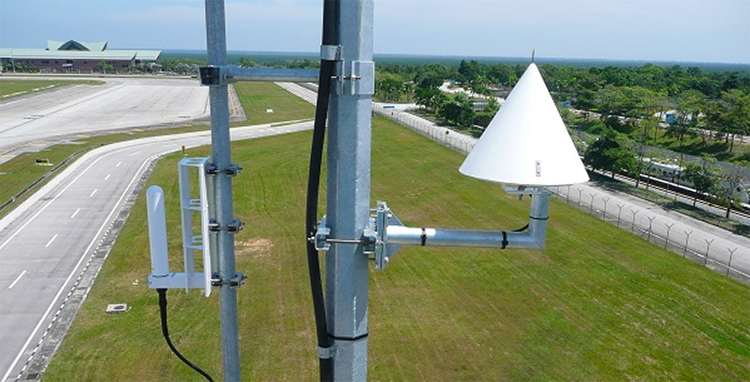PANSA and Indra boost the European digital sky with the first deployment of the next generation iTEC system
- They closed an agreement to put into operation a new contingency air traffic control center equipped with the next generation of the iTEC system
- Poland, with one of the largest airspaces in Europe, will be one of the keys to the deployment of a network of interoperable iTEC air control centers across the continent
- The new system represents a fundamental step towards the implementation of the “Digital European Sky” and the concepts established in the “Architecture Airspace Study” of the European Commission
- The Virtualization and Cloud technologies will allow the operational use of the system not only in Poznan, but also in Warsaw and other ATC centers in Poland
PANSA, the Polish air navigation services provider, has signed an agreement with Indra, one of the leading global technology and consulting companies, to implement the iTEC system in the new Control Center in Poznan, thus giving a decisive boost to the creation of the future European Digital Sky in the region.
The contract is worth €36 million and includes the commissioning in 2024 of a contingency center prepared to undertake the operations of any air control center in Poland if necessary.
This center will be equipped with a next-generation iTEC system, iTEC v3, which will natively incorporate solutions that meet the requirements of the SESAR Program and the European Commission’s “Architecture Airspace Study”.
The system will be built on an architecture based on Virtualized Data Processing Centers, running on a Private Cloud, and will incorporate new digital and automation tools as they are validated. This technology enables the progress towards efficient and borderless air traffic management in Europe.
The iTEC system is based on the calculation of trajectories in four dimensions, which allows it to follow the aircraft flight profile with great accuracy to manage it optimally. This improves punctuality and efficiency, reduces emissions and cuts operating costs.
President of the Polish Air Navigations Services Agency Janusz Janiszewski: “iTEC Collaboration is an ATM game changer. Implementing iTEC solutions will bring us to a new era of digitalized and virtualized Air Traffic Management and all its benefits. This step will be a technological leap not only for Poland but for the whole Europe. PANSA shall be the first ANSP to use the iTEC v3 pathfinding platform for its further development. The research and development works are going to be continued at PANSA modern contingency centre in Poznań to reach the final version of iTEC v3.”
The development of this center is the result of a shared effort by seven of the main air navigation service suppliers on the continent ─ DFS (Germany), ENAIRE (Spain), NATS (United Kingdom), LVNL (Netherlands), Oro Navigacija (Lithuania), AVINOR (Norway) and PANSA ─, together with Indra.
The control centers in Karlsruhe in Germany and Prestwick in Scotland were the first to implement and operate iTEC. PANSA will now become the first partner of the iTEC Alliance to deploy iTEC v3 – the next generation of this system, which will be put into operation throughout Poland over the next few years, making a smooth transition from its current PEGASUS_21 system, also developed by Indra.
PANSA also assumes a leading role in expanding the concepts of the Single European Sky to Eastern Europe. Poland’s navigation service supplier manages a huge airspace of 334,000 square kilometers, one of the largest in Europe, through which much of the traffic that crosses Europe from north to south and east to west flows.
Indra and PANSA have been working together for more than two decades, which has made it possible to design a sky that fully meets the country’s needs. Thanks to constant modernization, PANSA has been able to provide the best service to airlines and travelers. Indra also supplies PANSA with surveillance radars and navigational aid equipment.
Once iTEC comes on stream in all control centers in Germany, the United Kingdom, Spain, Poland, the Netherlands, Norway and Lithuania, this system will become one of the cornerstones of the European Digital Sky.

